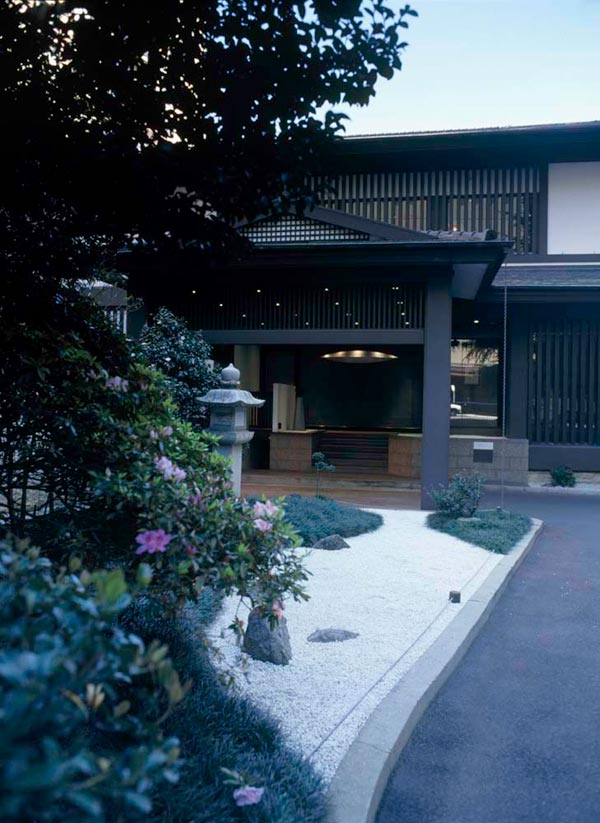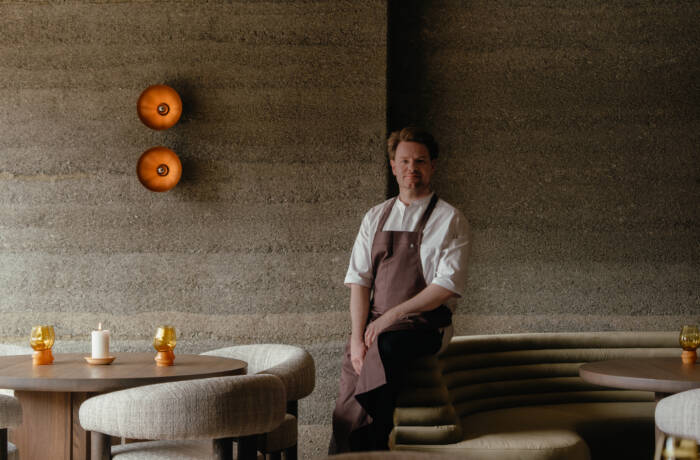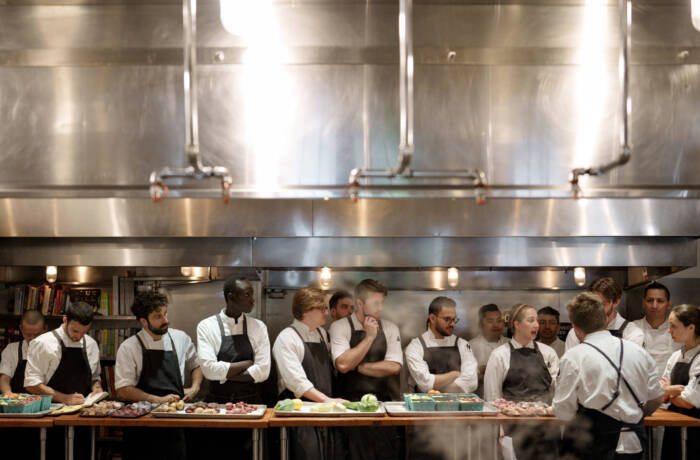Customisation continues to be the craze that consistently dominates the top of food trends and chefs are constantly challenged to satisfy and suit individual taste buds while balancing kitchen work flow and costs. Our columnist questions whether science can help and delves into the thorny issue of whether the menu is a thing of the past STACEY TEO
I had a dream.
A first-time patron walked through the door of the restaurant and immediately the kitchen knew. ‘Filets de perche, sans beurre’. Guest is ushered to the seat and after waiting for a short while without ordering, the maître d’ appears with the desired dish. Service is seamless; the diner is left totally in awe and completely satisfied. If only the dream would come true.
But what if it was actually possible? In the not-so-distant future, it is predicted that the exploration of neuroscience in food would perhaps provide a breakthrough in determining and detecting diners’ desires with exacting accuracy. Imagine: a device, like say, a gantry that scans the brain as a guest walks through the door and immediately profiles every preference, whims and fancies, known — and unknown — food allergies and transmits them on the spot into the system. But until such technology is developed — a matter of time, surely — perhaps science, though able to solve such perennial problems for the kitchen, will however still not be the best answer for restaurants because the dining experience will be impacted forever and the people behind service would lose their purpose. Let’s keep in mind, the human side of dinner service is, after all, pretty sacred.
I firmly believe that cooking is more art than science. Wholesome cooking that titillates the senses to evoke an Anton Ego moment like in Disney favourite Ratatouille would require something rather special, a creation that is out of the blue. I recall one such ‘wow’ moment of opportunity occurred some time ago; my most memorable career challenge came in the form of a themed birthday party ‘Suzie Wong style’ (yet Dubai camels were involved) featuring an exciting modern Australian menu with a distinctly Asian influence, incorporating fresh western ingredients and cooking techniques. How then do we incorporate such specifications in a considered, detailed, quantifiable manner?
Enter stage right, the menu. Throughout the ordering process, the menu serves as a tangible tool that is part and parcel of the meal experience. However, a number of restaurants have ventured further to the extreme end of the spectrum when they decided to ditch menus altogether. Fuad’s in Houston, Texas has been successful with the ‘No Menu’ concept for 37 years and running (cheekily enough, when customers check out their ‘menu’ on their website, it would reveal itself as a blank white page). The pioneer Parisian steakhouse, Le Relais de l’Entrecôte still simply serves steak frites where you just have to indicate your desired doneness. Tetsuya Wakuda’s eponymous restaurant in Sydney surprises with his 10-course degustation menu albeit keeping a few firm favourites alive. Personalisation at these institutions are pretty much non-existent and yet they pack in a solid crowd day after day, week after week, so what gives?
Customisation has and will continue to drive customer satisfaction, as guests are offered more opportunity to control what is served to their table. However, chefs would prefer to exercise that same element of control to express a certain level of creative culinary freedom, so there has to be a balanced approach. The key is to break down barriers between the kitchen and the table. In order for restaurants to understand and grasp guests’ preferences better, there has to be greater interaction and direct communication between the chef and diners.
Does that mean more restaurants ought to join the fray in exiting stage left by removing menus altogether and leave the choice to the chef completely? Or should diners dictate the dishes on their table? That will depend on how willing consumers can relinquish control and be open to surprises. I say go ahead, trust the chef. But like Fuad’s menu or a Japanese omakase, the verdict is wide open.
More interesting articles
Eating Right
A Feast for the Eye











What a fantastic post! Very much enjoyed your viewpoint on the friendly tug of war between patrons and the kitchen. A lot of people seem to be oblivious to the fact that there are real people creating their food (the people who want sauce on the side, or go to an Italian restaurant and want dishes without garlic). The patrons who allow for the chefs to fully utilize their artistic flare tend to be more enthusiastic eaters, in my experience. When I dine at culinary events, they typically have a set menu of five courses, each plate prepared the same way. Never have I ever heard a complaint from a fellow diner when they enter a scenario where the chef has complete control.